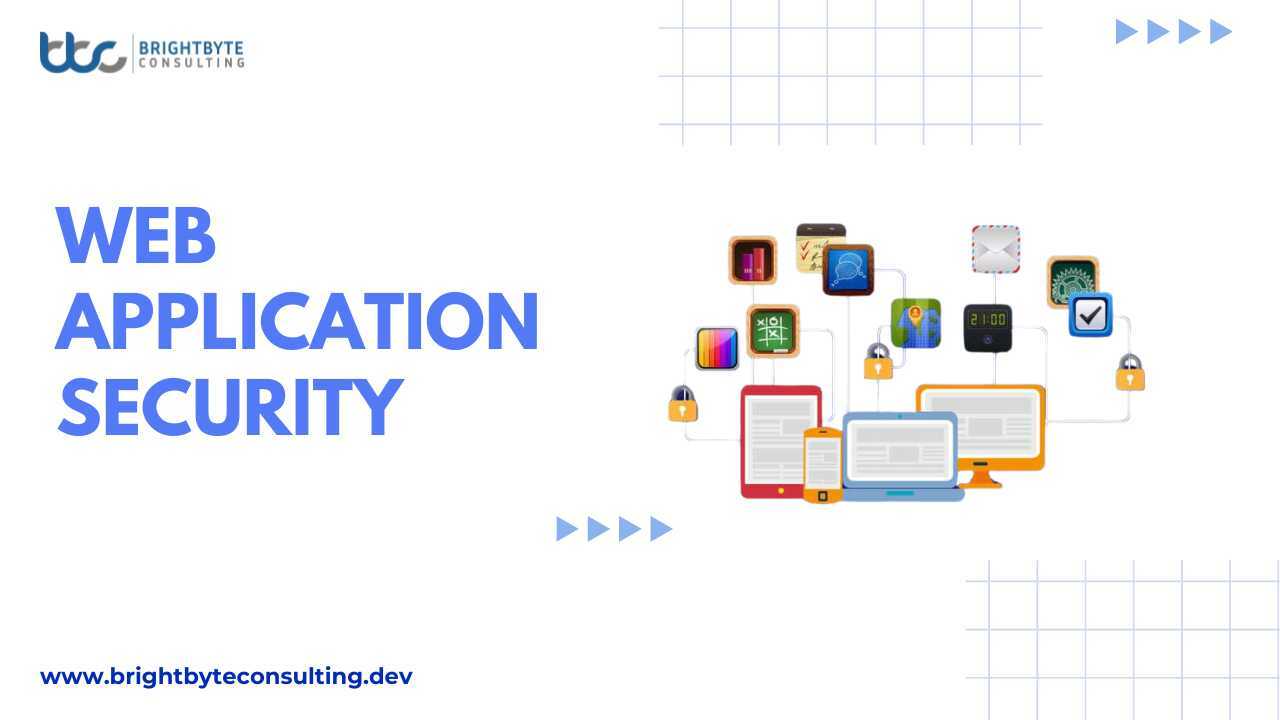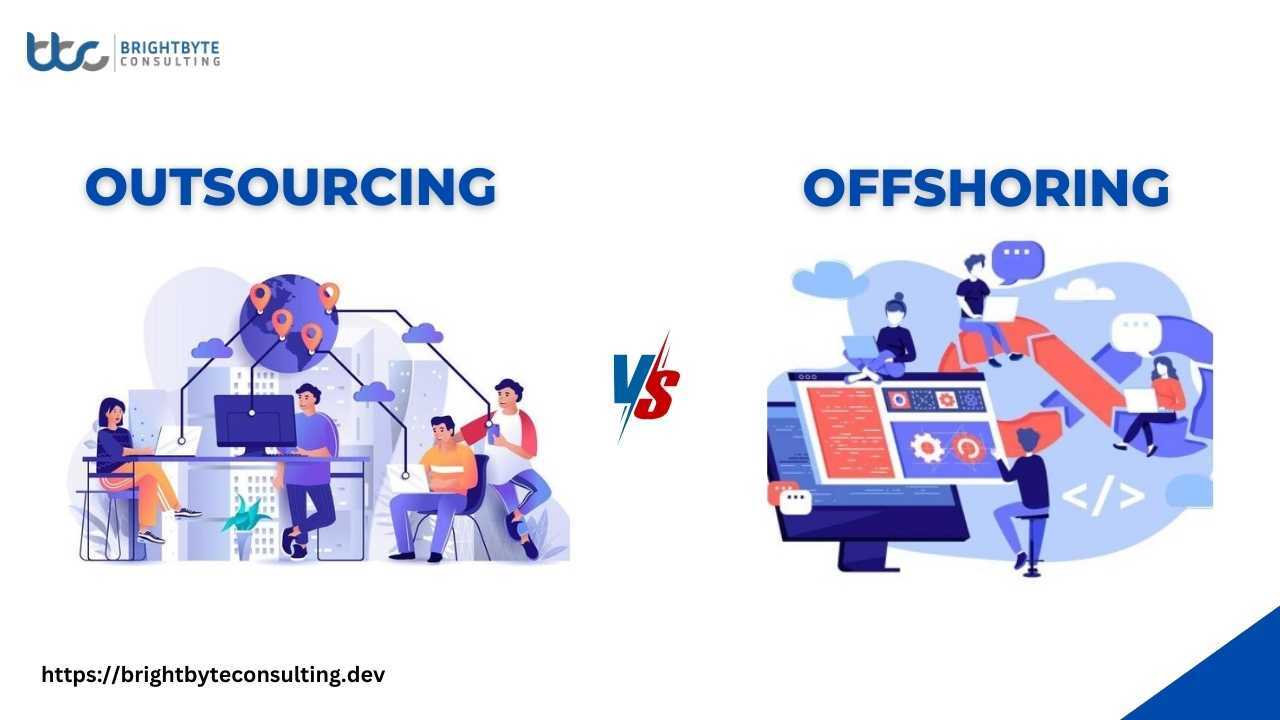If you’ve ever used a street view service to explore a neighborhood before a trip or an app to see how furniture looks in your home, you’ve tried augmented reality (AR). In business, AR is technology that helps meet specific needs in unique ways, and it’s a key part of Industry 4.0, which is changing how businesses operate.
What Is Augmented Reality?
Augmented reality (AR) is an interactive technology that combines computer-generated information with the real world. By using software, apps, and devices like AR glasses, digital content is overlaid onto real-life surroundings and objects. This enhances the user’s experience, turning their environment into an interactive learning space. AR is especially useful in manufacturing and Industry, as it allows users to seamlessly interact with machines and systems, optimizing technology and IoT networks with human creativity and observation.
How Does AR Work?
Augmented Reality puts digital stuff on real things, making a 3D experience where you can interact with both worlds. But it’s not alone; its real worth is being part of a connected system that includes everything from big data to robots. To give an overview:
- AR device (smart glasses, tablet, smartphone) uses camera to scan surroundings
- Identifies physical objects or environment (machinery, warehouse layout)
- Digital twin (3D replica in the cloud) links real and virtual worlds, collects data
- AR device retrieves object info from cloud
- Superimposes digital info using markers or trackers (GPS, accelerometers)
- Creates part-real, part-digital 3D interface
- Real-time data allows user interaction (moving, commands)
- Interaction via touchscreen, voice, or gestures
Diff Between Mixed Reality, Augmented Reality & Virtual Reality
| Aspect | Mixed Reality (MR) | Augmented Reality (AR) | Virtual Reality (VR) |
| Definition | Combines real and virtual environments | Overlays digital content on real world | Simulates entirely virtual environment |
| Interaction | Interacts with both real and virtual elements | Interacts primarily with real world | Interacts solely with virtual environment |
| Examples | Microsoft HoloLens, Magic Leap | Snapchat filters, Pokémon GO | Oculus Rift, HTC Vive |
| Immersion Level | Moderate immersion | Low immersion | High immersion |
| Use Cases | Training, remote assistance, gaming | Marketing, navigation, entertainment | Gaming, simulations, virtual tours |
Augmented Reality Applications in Industry
Augmented reality (AR) finds extensive applications across various industrial sectors, revolutionizing processes from asset identification to field knowledge transfer and training. By seamlessly blending physical and virtual elements, AR enhances workers’ understanding of products, machinery, and their surroundings.
Common applications of AR in industry include
- Design and Product Development: AR enables the creation of virtual prototypes, allowing designers to visualize and modify products before physical production.
- Maintenance, Operational Control, and Safety: AR provides instant access to information and manuals for machinery, facilitating efficient maintenance and troubleshooting. Workers can connect with experts remotely for assistance, ensuring continuous production and safety.
- Employee Training and Learning: AR offers on-demand training on machinery and equipment, creating immersive learning environments for skill enhancement and productivity improvement.
- Quality Control: AR aids in quality control by detecting defects during production, optimizing processes, and reducing time to market. Technicians can use AR glasses to inspect products and receive real-time feedback from embedded IoT sensors.
In summary, AR enhances productivity, safety, and efficiency across various industrial operations by integrating digital information with the physical environment.
Advantages Of Augmented Reality
Key Benefits of Augmented Reality in Industrial and Manufacturing Environments:
- Improved Product Development: AR integration in the design phase enables faster responses to consumer demands, reduces prototyping costs, and shortens product life cycles.
- Simplified Processes: Visualized workflows with step-by-step instructions aid in predictive troubleshooting, minimize errors, and accelerate complex assembly tasks.
- Streamlined Warehouse Management: AR optimizes inventory management, guides product picking, reduces downtime by facilitating quicker problem diagnosis and resolution, and enhances employee training efficiency.
- Increased Worker Engagement: The immersive 3D experience and virtual learning opportunities of AR stimulate worker engagement, making tasks more interactive and captivating.
- Reduced Risk: AR creates a safe learning environment for practicing tasks virtually, mitigating risks associated with real equipment and activities. This enhances worker safety, inspection accuracy, training effectiveness, and overall workflow efficiency.
Examples of Augmented Reality
- Restaurants: AR menus on smartphones help diners visualize dishes before ordering, making decisions easier and enhancing satisfaction. Menu.AR is one such app offering this feature.
- Museums: AR brings museum exhibits to life, allowing visitors to interact with artworks and sculptures virtually, enhancing their experience and interest in art.
- Salons: Amazon Salon uses AR to educate customers about products and allows them to try different hair colors virtually before making a purchase, enhancing the in-store shopping experience.
- Tourism: ARis used for destination marketing, allowing potential visitors to virtually experience attractions and activities before deciding on a trip. Local travel vendors can also provide previews of experiences like water sports or fishing excursions to attract visitors.
Conclusion
In conclusion, augmented reality (AR) is revolutionizing various industries by seamlessly integrating digital information with the physical environment, enhancing productivity, safety, and efficiency. From improving product development to streamlining processes and increasing worker engagement, AR offers numerous benefits in industrial and manufacturing environments. With applications ranging from restaurants to tourism, the versatility of AR continues to drive innovation and transform user experiences across different sectors. As businesses embrace AR technology, they unlock new opportunities for growth and advancement in the dynamic landscape of Industry
FAQs
What is augmented reality (AR)?
It is an interactive technology that overlays digital information onto the real world, enhancing the user’s environment and experiences.
How does augmented reality work?
AR devices use cameras to scan surroundings, identify objects, and retrieve digital information from the cloud. This information then overlays onto the real world, creating a blended, interactive experience.
What is the difference between mixed reality, augmented reality, and virtual reality?
Mixed reality combines real and virtual environments, augmented reality overlays digital content onto the real world, while virtual reality simulates entirely virtual environments.
What are some common applications of augmented reality in industry?
AR is used for design and product development, maintenance and safety procedures, employee training, quality control, and more across various industrial sectors.
What are the advantages of augmented reality in industrial environments?
Benefits include improved product development, simplified processes, streamlined warehouse management, increased worker engagement, and reduced risk.
Can you provide examples of augmented reality applications in different sectors?
Examples include AR menus in restaurants, virtual exhibits in museums, virtual hair color trials in salons, and destination previews in tourism.
What devices are used for augmented reality experiences?
AR experiences can be accessed through devices such as smartphones, tablets, smart glasses, and augmented reality headsets.
Is augmented reality only applicable to specific industries?
No, augmented reality has diverse applications across various sectors, from retail and healthcare to education and entertainment.











